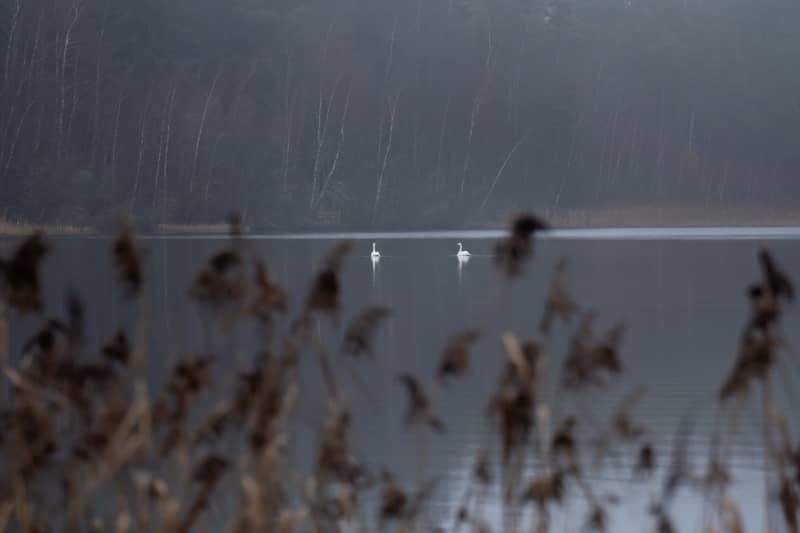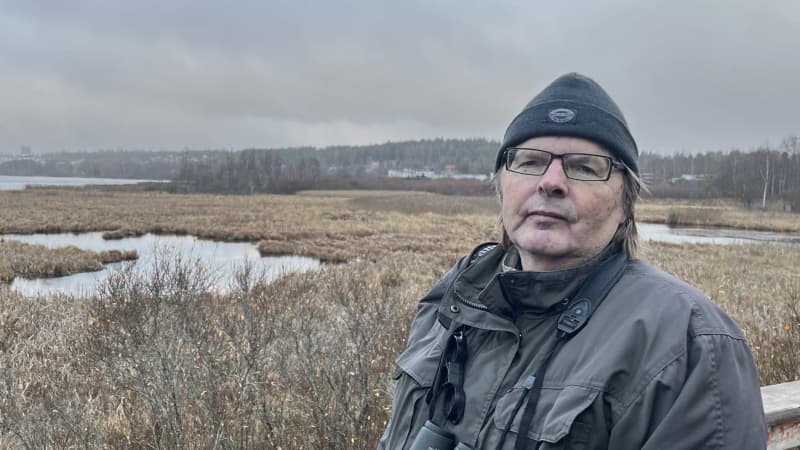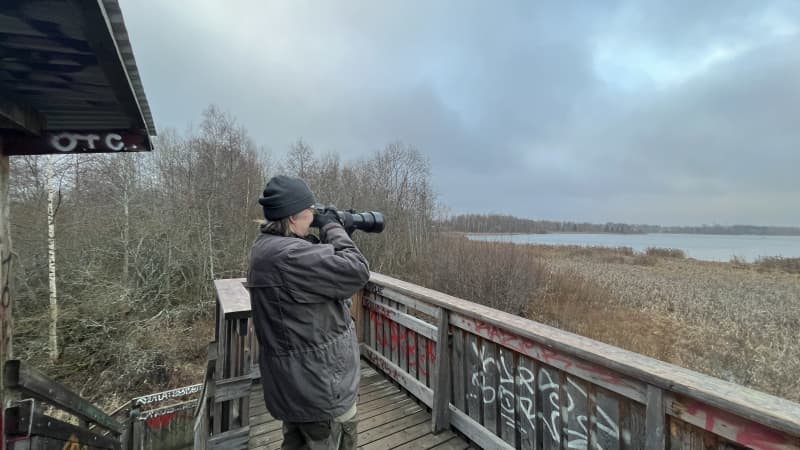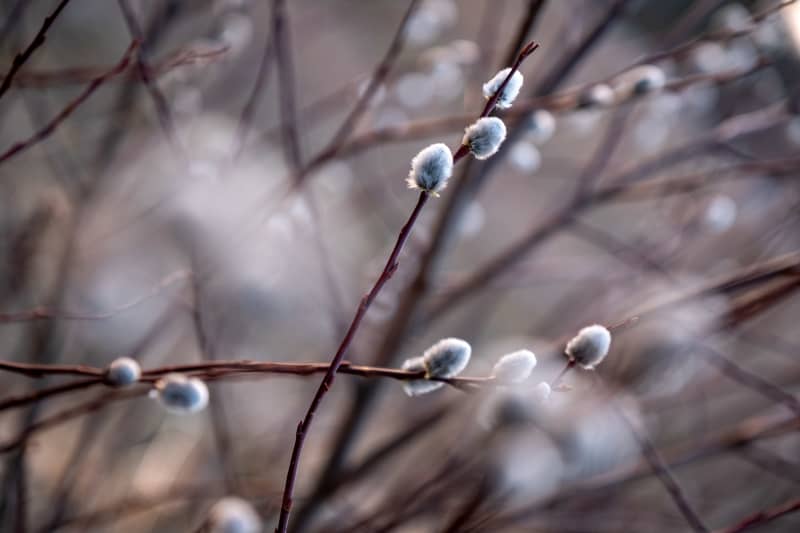In a mild autumn, the swan will stay longer in a nearby pond, but the butterfly will be overwhelmed by the unexpected warmth. The plants are already dormant.
This autumn has been exceptionally warm. The outdoorsman has been able to sense it in more ways than just by not putting on an extra pair of underwear. The swans are still screaming on the lake, the fly buzzes on the terrace and the funnel-winged hawk lifts its mane from the moss.
This article explains how the warm early winter is affecting nature and the effects on the wintering of birds, insects and plants.
With enough food and melting water, the swan can stay for a long time
The mild autumn sunshine is particularly noticeable for birdwatchers. Some migratory birds may stay in their wintering grounds for a while, while others may stay in Finland altogether.
– Some move to their wintering areas at a precisely programmed time, no matter how warm it is.
Piha thinks that the insect eaters in particular have mostly already left.

Fall procrastinators can be various waterfowl, which have reason to hurry if the water areas are not yet frozen and there is enough food. This is the case with swans, for example.
There may still be many gray herons, Piha estimates.
– Mainly large-sized birds connected to the aquatic environment, whose plumage can withstand water, he sums up.

Waterfowl may even spend the winter in the thawed water area during the mild winter. According to Piha, the fall migration of waterfowl has been delayed by up to a month in recent decades. This is especially the case with geese, ducks and swans.
More blackbirds stay in Finland to winter than before. In addition to the warm weather, this is facilitated by abundant winter feeding places, Helin estimates.
The warm early winter does not favor all species. For example, hens do not benefit from the heat, because they change their winter clothes to white. In a landscape without snow, a white grouse can fall into the claws of a beast more easily.
When finding food is scarce, some species may head south, even if it is still warm. According to Jukka T. Helin, for example, there are very few dreadlocks and tilhs that prefer berries in Pirkanmaa at the moment.

Insect buzzing has increased in autumn
– Öttiäites don’t look at the calendar, but more at the weather. If the temperature is right, they will move day and night.
According to Piirainen, the warming of the climate has had an effect on the appearance of insects in late autumn, when they can end up under the entomologist’s magnifying glass.
– It is quite clear that many species have spread here to the north when the climate has warmed. Here at the moment, the Danish climate is like twenty years ago. The same species that were in Denmark at that time have spread here to the north, Piirainen says.

According to Piirainen, hundreds, if not thousands, of new insect species have come to Finland. Other species, on the other hand, retreat further north.
– Species struggle for living space when living conditions change.
Hibernating can be more difficult for the insect, when the weather at the beginning of winter is warmer than normal.
– Many species are used to the fact that winter is coming and the weather is getting colder, so their bodies can get into hibernation mode better. When you spin above zero, butterflies and other insects can be a little lost.
In the wild, a walker may not notice the difference
– The trees have already gone into dormancy, especially due to the shortened day length. It affects when they \”think\” winter is coming.
The trees do not start to grow new growth very quickly, even if the autumn is warm. In ground vegetation, according to Tolvanen, additional flowering may sometimes occur, especially on berries, sparrows, some grasses and rarely shrubs.
However, according to Tolvanen, additional flowering is rare.
– Now it seems that the plants are already in a dormant state and are waiting for the snow to come and cover them.

Exceptionally warm weather while the plant is dormant depletes its energy reserves: the plant breathes, but does not communicate.
Connecting maintains the plant’s energy reserves. Without sunlight and leafy greens, it won’t happen. During rest, the plant’s energy consumption is normally at a minimum.
Higher-than-normal energy consumption in the winter time may be reflected in a smaller increase the following year. However, according to Anne Tolvanen, a single warm early winter has little effect on the plant’s growth.
Warm and humid autumns expose trees to fungal diseases. If frost-free land gets a snow cover, fungal diseases may attack the growth on the ground under the snow cover more sensitively than usual, says Tolvanen.
*Have you noticed the signs of warm autumn in nature? You can discuss the topic until 11 p.m. on November 16.*
